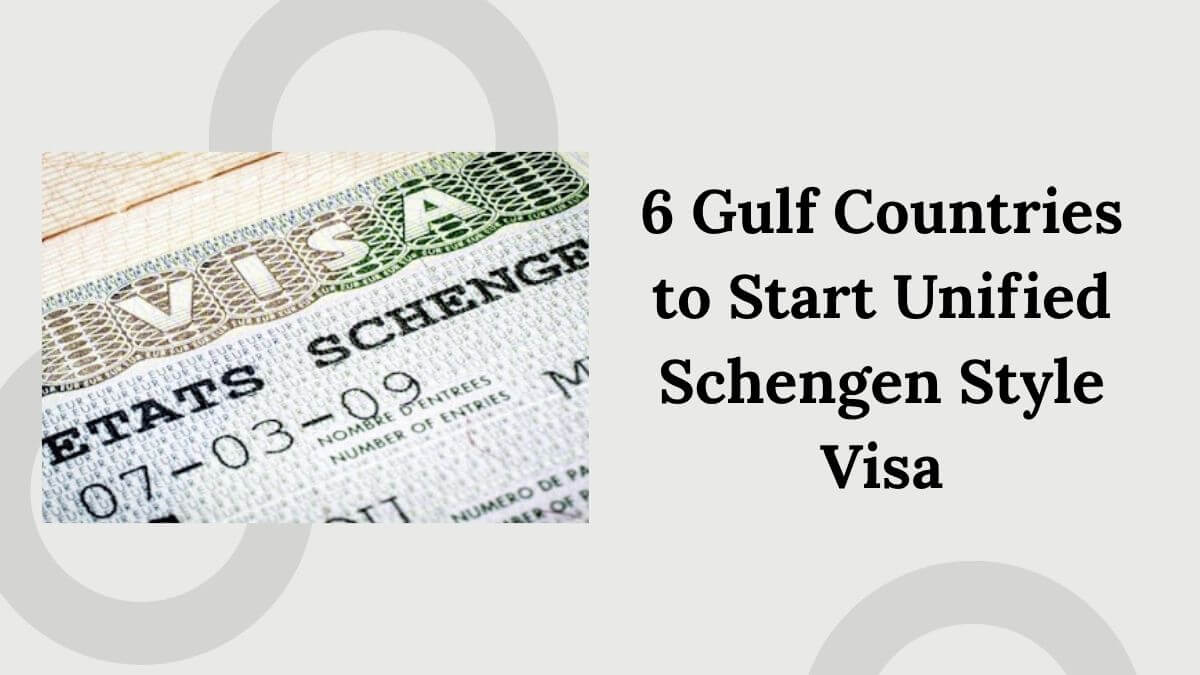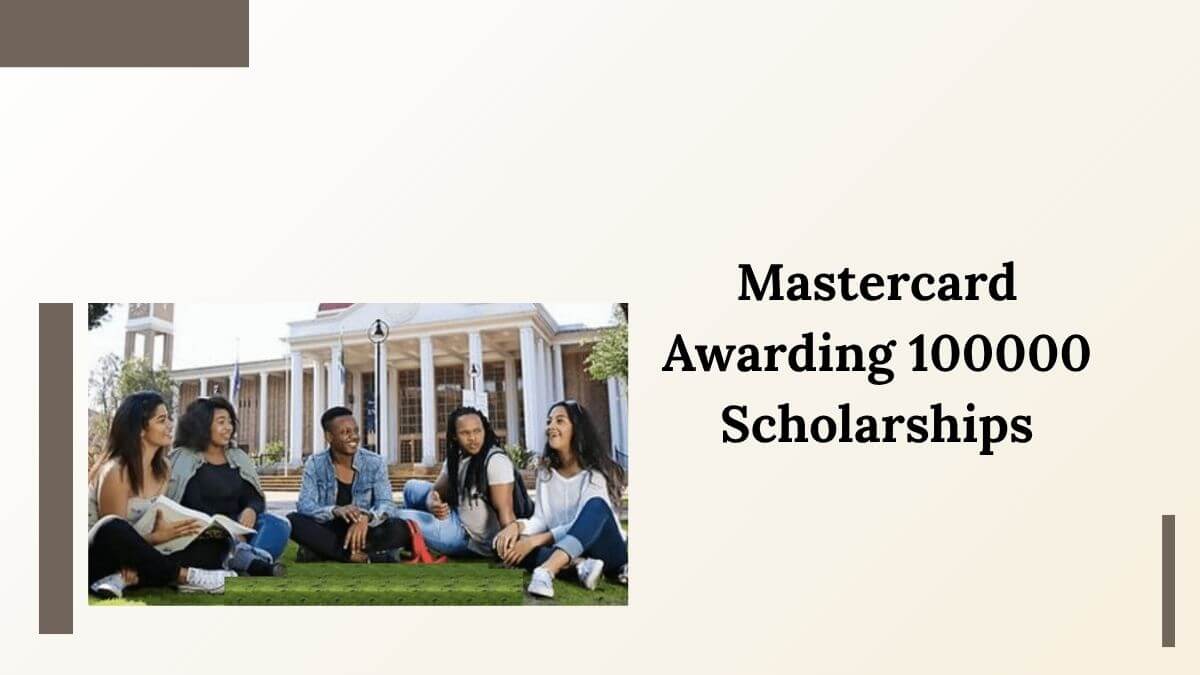United States B1/B2 Visa Requirements for 2025

After years of changing travel policies based on global events like embassy closures because of pandemics and visa backlog problems, the US has released a new set of rules for people applying for B1/B2 visas (tourist and business travelers), which will take effect in 2025. This new update builds on previous ones, like biometric expansion (2023), AI-assisted fraud detection tools (2024), and stricter scrutiny on overstayers. It now includes required public social media access, early DS-160 filing requirements, and new ways to screen people on social media.
But there is good news as well as bad news. U.S. embassies and consulates around the world are finally giving more interview times thanks to better infrastructure and updated staff. This gives new hope to the millions of people who have been waiting through delays and policy changes since COVID-19.
If you want to go to the US soon, you should get ready, because the rules for getting a visa have changed as of July 2025.
Here’s the exciting news about what’s new, what needs to be done, and when to do it.
What’s New for B1/B2 Visa Applicants in 2025?
All nonimmigrant visas are now screened more quickly and more accurately by the U.S. Department of State. This includes B1/B2 cards. From more open social media to stricter DS-160 form rules, your application will now be looked at more closely.
Let’s break it down:
1# Enhanced Vetting & Security Screening (Now in Effect)
The U.S. is now looking more closely at the background checks of job applications. In order to protect national security, this includes a closer look at personal, travel, and banking records. If you want a B1/B2 visa, the review process will take longer, and you will be asked more detailed questions during interviews.
2# Your Social Media Accounts MUST Be Public (Effective June 18, 2025)
As long as you list it in your application, your Facebook, Instagram, LinkedIn, Twitter, YouTube, or any other social site must be public. This rule must be followed so that U.S. consular officers can check your internet presence. Not following the rules could cause delays or even visa refusals (Ref).
Tip: Make sure your privacy settings are up to date before you send in your DS-160.
3# DS-160 Submission Must Be 48 Hours Before Interview (Effective May 2, 2025)
As of May, all applicants for a DS-160 visa must now send it to the U.S. embassy at least two work days before the interview (Ref). Besides that:
- The barcode on the DS-160 receipt must be the same as the one that was used to make the appointment.
- If there is a match, your interview will be canceled or rescheduled.
4# Interview Slots Are Opening Globally (From July 2025 Onwards!)
The good news is that starting in July, many U.S. embassies and consulates around the world will be opening up new groups of B1/B2 interview slots after months of not having many available. This includes places that people want to go, like
- India (New Delhi, Mumbai, Hyderabad)
- Pakistan (Islamabad, Karachi)
- Nigeria, Kenya, South Africa
- Philippines, Indonesia, Bangladesh
- Brazil, Mexico, Colombia
- Many European and Gulf countries too
Tip: Check the webpage of the U.S. embassy in your country EVERY DAY. Appointment times are given in groups, and they go quickly!
Check Also: US Visa Waiver Program (VWP) – Eligible Countries
Benefits of United States B1/B2 Visa:
- Multiple Purpose: This type of visa lets you do business (B1) and travel for medical or tourism reasons (B2). It gives you more options.
- Multiple Entries: Most B1/B2 visas come with multiple entry choices, which let travelers come to the U.S. more than once while the visa is still valid.
- Long Validity Period: Visas are usually good for 5 to 10 years, depending on the country, so you don’t have to renew them as often.
- Extended Stay: Most tourists can stay in the U.S. for up to six months at a time with each entry.
- Business Opportunities: Go to conferences, meetings, and contract talks, or look into legal ways to work with others.
- Tourism and Family Visits: You don’t need different visas to see U.S. landmarks, see family, or travel for fun.
- Medical Access: If you are in the B2 group, you can get advanced medical care in the United States.
- Convenience: You can use the same visa for more than one type of trip, which saves you time, money, and effort.
- Recognition around the world: Having a U.S. visa in your passport can sometimes make it easier to get visas for other countries.
Summary Table – New B1/B2 Visa Requirements (2025)
We put together a simple summary table of the most recent changes to the B1/B2 visa rules to help candidates stay up to date on the new rules. Each row shows a major requirement, when it will go into effect, and what candidates must do to meet it. These changes, like stricter security checks and having to use public social media, are now normal for getting a U.S. visa.
Take note of the May and June 2025 deadlines, which brought stricter DS-160 form submission rules and public visibility of social media accounts. Additionally, starting July 2025, U.S. offices worldwide have begun releasing new B1/B2 interview slots—making it crucial for applicants to track appointment availability frequently.
You can use this table as a quick reference to help you get through the new B1/B2 visa process:
| Requirement | Effective Date | Action Required |
|---|---|---|
| Enhanced security screening | Already in place | Prepare for more detailed background checks |
| Social media accounts must be public | June 18, 2025 | Make all listed social accounts publicly viewable |
| DS-160 must be submitted 48h early | May 2, 2025 | Submit form at least 2 days before interview; match barcode |
| Global interview slots opening | July 2025 onwards | Monitor your nearest embassy’s visa calendar for appointments |
Final Words for B1/B2 Visa Applicants in 2025:
Get ready NOW if you want to visit the U.S. for work or pleasure in late 2025 or early 2026. Make sure all of your paperwork is in order, that your online presence is clear, and that you’re ready to jump at an interview time as soon as it opens up.
There will be family gatherings and trade shows in America, but they will be seen through a stricter lens.
- https://travel.state.gov/content/travel/en/us-visas/tourism-visit/visitor.html/visa
- https://travel.state.gov/content/travel/en/us-visas/tourism-visit.html
- https://www.uscis.gov/working-in-the-united-states/temporary-visitors-for-business/b-1-temporary-business-visitor.
Frequently Asked Questions:
What is a B1/B2 visa for the United States?
As a non-immigrant visa, the B1/B2 lets people visit the U.S. temporarily for work (B1), tourism/medical reasons (B2), or a mix of the two.
Who is eligible to apply for a B1/B2 visa?
Anyone who wants to come to the U.S. briefly for work, pleasure, family, or medical care can apply, as long as they can show they have ties to their home country and enough money to pay for their stay.
How long is a B1/B2 visa valid?
Validity varies by country, but most people get visas that are good for 5 to 10 years and let them enter the country more than once. U.S. Customs and Border Protection decides how long a person can stay each time. Usually, they let people stay for up to six months per visit.



